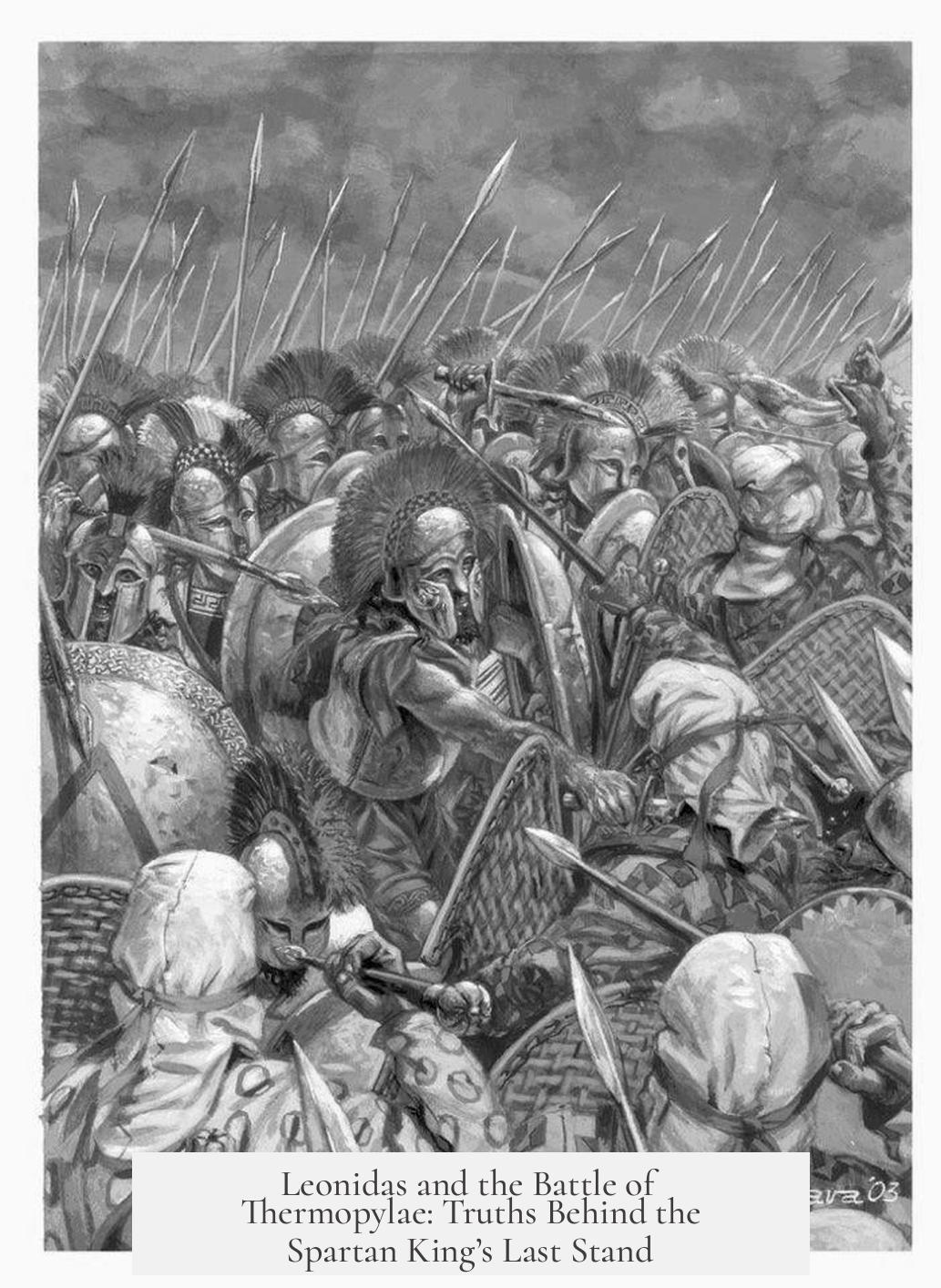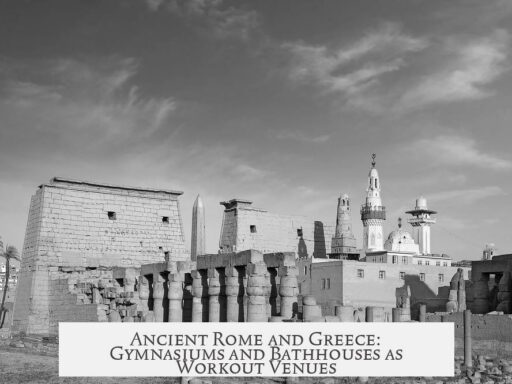Leonidas plays a central but complex role in the Battle of Thermopylae, fighting as the Spartan king leading a small Greek force in a pivotal defensive stand against the massive Persian army in 480 BCE. Despite his advanced age and limited personal killing prowess, Leonidas’s leadership and sacrifice have become symbols of Spartan valor, though much of the popular narrative stems from propaganda and uncertain historical accounts.
The Battle of Thermopylae occurs during the second Persian invasion of Greece, led by King Xerxes. Leonidas commands a coalition of Greek forces, primarily Spartans, tasked with holding a narrow mountain pass to delay the Persian advance. The main ancient source is Herodotos, whose account, while detailed, is subject to scrutiny regarding numbers and specifics. Herodotos does not provide exact figures on Persian casualties in the final combat, and his estimates of the Persian army’s size are widely debated.
At roughly 60 years old, Leonidas is well past his physical peak during this battle. Prior standards for Spartan warriors emphasized peak fitness, but Leonidas’s age suggests diminished combat effectiveness. It is unlikely he kills significant numbers of Persian soldiers in the fight, especially against the elite Persian Immortals—often young nobles selected to lead the charge. Ancient sources do not credit him with personally killing any enemy soldiers during the climax of the battle.
Leonidas appears primarily as a front-ranking leader who fights alongside his men. He leads the Greeks in their defensive efforts and dies in the final stand. The precise circumstances of his death remain unclear, but ancient writers emphasize that he falls in battle among his men. This final stand occurs after most Greek forces have retreated, leaving Leonidas with a small contingent holding the pass against overwhelming odds.
The heroic image of Leonidas and the Spartans at Thermopylae often blends fact with myth. Spartan propaganda at the time and later has magnified their role to near-superhuman status. This mythologizing frames the battle as a dramatic, small-group confrontation against impossible odds, suggesting a Spartan warrior could singlehandedly fend off dozens of foes. Historical analysis warns that these narratives exaggerate what was likely a brutal but less glamorous encounter.
The Persian casualties at Thermopylae are another area of debate. Herodotos records very high losses for the Persian army but admits only about 1,000 Persian bodies were actually visible to eyewitnesses. Stories of Xerxes ordering thousands of dead to be hidden strain credulity due to logistical impracticality. Modern historians lean toward a figure closer to 1,000 Persian casualties being more plausible. The geography of the pass constrains the Persians to attack in smaller numbers, limiting their ability to overwhelm the Greeks en masse but also capping possible losses.
This more conservative casualty estimate fits better with known ancient battle patterns. Even the victorious Athenians at Marathon, fighting a much smaller enemy force, only inflicted around 6,000 losses. Since the Greeks at Thermopylae ultimately lose and have no opportunity to pursue a retreating enemy, their inflicted casualties are probably modest. The archetype of the Spartan killing dozens of enemies is thus largely legend rather than reality.
In the final phase, Leonidas commands a much smaller Greek force operating in the open after withdrawing from the pass. This force relies on tight cohesion to survive against a massively superior Persian army. The Spartans and their allies buy valuable time for the rest of Greece but suffer heavy losses. Leonidas dies in this last stand, embodying the Greek resolve against the empire but also underscoring the grim price of the defense.
| Aspect | Details |
|---|---|
| Leonidas’ Role | King of Sparta, front-rank fighter, leader of Greek coalition at Thermopylae |
| Age & Condition | Approximately 60 years old, past prime, unlikely high personal kill count |
| Battle Outcome | Coordination of small Greek force, death in final stand at Thermopylae |
| Persian Casualties | Likely around 1,000 killed in the pass, much less than Herodotos’ higher claims |
| Myth vs Reality | Spartan propaganda exaggerates heroism and combat kills, actual battle was more tactical |
Leonidas’s stand at Thermopylae holds symbolic importance in Western history and culture. It highlights Greek resistance and the willingness to sacrifice against overwhelming forces. However, accurate historical analysis tempers the drama, showing a leader fighting bravely but not superhumanly. The numbers of soldiers killed and the scale of heroic deeds must be understood in context of the limitations of ancient warfare and political storytelling.
- Leonidas leads a Greek force at Thermopylae, dying in the final stand.
- He is about 60 years old and not physically dominant in battle.
- Persian casualties are likely around 1,000, far lower than some sources claim.
- Spartan propaganda has greatly embellished the battle’s narrative.
- Leonidas’s role exemplifies leadership and sacrifice without mythical exaggeration.
Leonidas in the Battle of Thermopylae? The Real Story Behind the Spartan King’s Last Stand
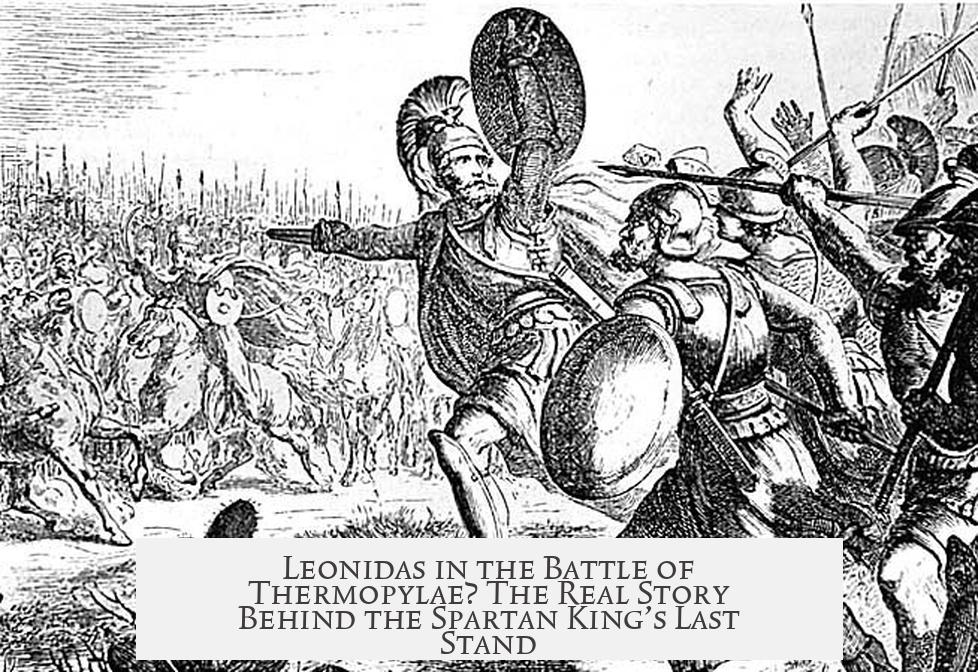
Leonidas in the Battle of Thermopylae? He was the Spartan king leading a tiny band of warriors against the massive Persian army, fighting bravely to the last breath at an ancient mountain pass. But is the popular tale—the one packed with heroic slaughters and superhuman feats—really accurate? Let’s dive deep beyond the myth and discover who Leonidas really was in the battle, how the fight unfolded, and what history actually remembers.
Setting the Stage: What Happened at Thermopylae?
The Battle of Thermopylae, fought in 480 BCE, stands as one of history’s most famous last stands. Leonidas, roughly 60 years old at the time—a ripe age for a Spartan warrior, but certainly no spring chicken—led a force of about 7,000 Greeks, including 300 elite Spartans, to block the Persian army under Xerxes at a narrow mountain pass. Sounds like an epic showdown, right? But the details get fascinating when we look at the sources.
Herodotos, the ancient historian known as the ‘father of history,’ remains our primary source. But he has a reputation for sharing some numbers that make modern historians squint. For example, Persian troop counts and casualties might be inflated or just plain unreliable. Herodotos doesn’t even specify how many Persians died in the final fight, nor does he claim Leonidas personally dispatched dozens of foes—contrary to what Hollywood might want you to believe.
Leonidas: The Man, The Myth, and The Age

Imagine a 60-year-old warrior standing at the front line, spear in hand, leading a handful of men against a vast empire’s forces. It’s inspiring, but there’s a pragmatic angle to Leonidas’s condition. By Thermopylae, he was well past his prime. Was he a one-man death machine? Probably not.
Sources suggest Leonidas fought with his men in the front ranks during the desperate final phase, but no ancient text describes him killing a Persian Immortal—King Xerxes’ finest troops—or anyone else directly. These “Immortals” were a chosen elite group, young and skilled. The odds of Leonidas personally taking them down seem slim. Yet he embraced his fate and died where the battle’s climax took place, inspiring his troops.
How Many Persians Fell? Separating Fact from Fiction
The classic narrative loves to brag about Persian casualties in the tens of thousands. Herodotos recounts a story that Xerxes even ordered his men to hide 19,000 dead Persians. This sounds more like the Ancient World’s version of “what happens on the battlefield stays on the battlefield.” However, eyewitnesses reportedly saw only about 1,000 bodies, which seems far more plausible.
Also, consider the geography: Thermopylae’s narrow pass forced the Persians to send small clusters of troops into battle at a time. You can’t get a massacre under those conditions because attackers couldn’t flood the battlefield en masse. Plus, the Spartans lost the battle, meaning they never got the chance to chase down and slaughter retreating Persians. Think of it—if the defenders lose, the enemy doesn’t generally go home full of bullet holes.
For comparison, at the Battle of Marathon, the victorious Athenians—about 10,000 strong—killed roughly 6,400 Persians. The Spartans at Thermopylae were outnumbered and doomed strategically, so suggesting they killed far more than Marathon’s winners strains belief.
Spartan Propaganda—More Gladiator Than Historian
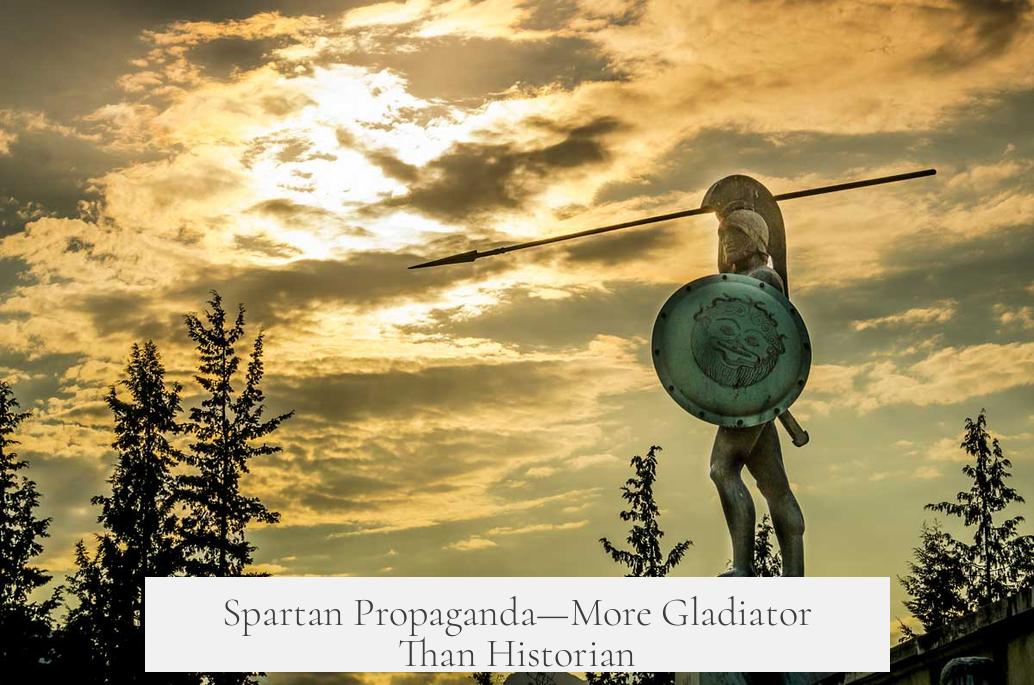
Ancient Spartans were not shy about telling tall tales. They loved bragging. Thermopylae gave them a perfect story: a handful of supermen holding back a vast horde with valor alone. It fits the Spartan brand of toughness and honor. But real warriors are human. No one kills dozens of enemies single-handedly in full armor, in a narrow choke point, for days on end without at least a few scratches.
Modern historians caution against swallowing all the heroic fictions: Spartans weren’t action-movie superheroes. No, their power lay in training, discipline, and unity. They fought as a tightly knit unit. Most soldiers, then and now, don’t personally dispatch a multitude of enemies; surviving is often the bigger victory.
The Final Phase: Leonidas’ Tactical Situation
By the battle’s climax, Leonidas commanded only a small core of Spartans and allies. He advanced into the open, where defending the narrow pass was impossible, to give his comrades time to escape. The Persians could pick when and how to engage the small Spartan force. It was a stall tactic more than a full offensive stand. Everyone fighting knew it was a doomed but crucial sacrifice.
This tactical nuance often gets lost amid stories of heroic last stands and mass kills. But it highlights Spartan discipline and Leonidas’ leadership—he fought not to win but to delay, inspire, and buy time for Greece.
What Can We Really Learn from Leonidas at Thermopylae?
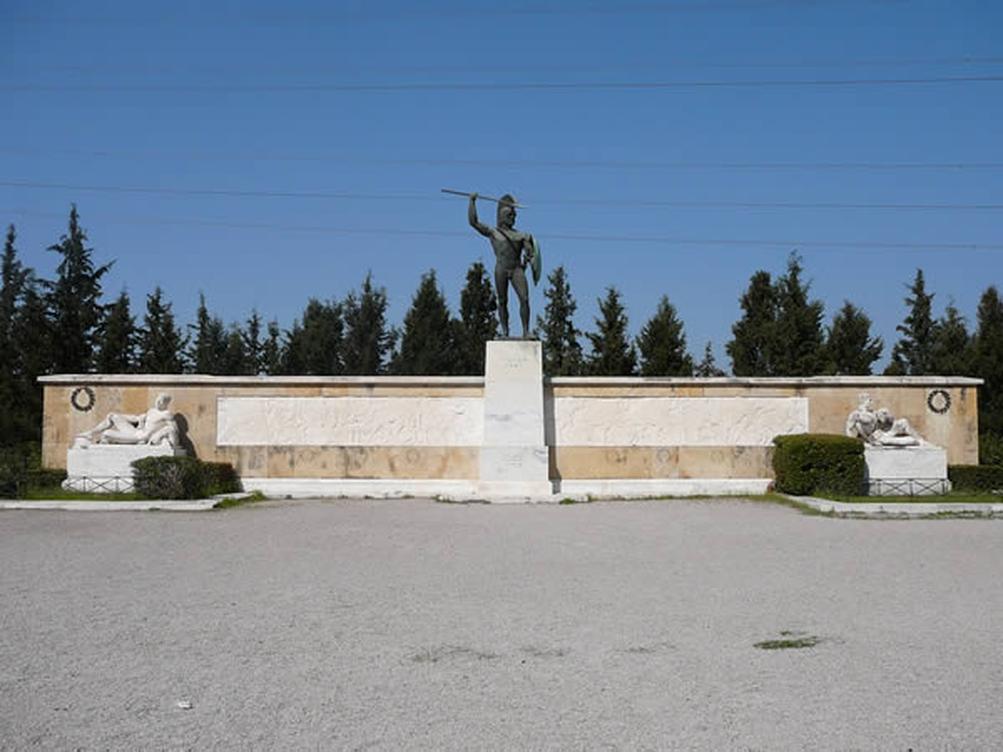
First, Leonidas’ leadership is undeniable. Despite his age and overwhelming odds, he stayed to the end with his men.
Second, the popular myth of a bloodthirsty killing spree doesn’t hold to scrutiny. Herodotos’ casualty numbers for Persians look like someone hit “max” on the imagination dial.
Third, Thermopylae’s lasting power lies in the human spirit’s refusal to yield even in the face of defeat. It’s a story about cohesion, sacrifice, and football—sorry, warfare—strategy rather than individual heroics.
If you want to impress friends at trivia night or just tell history stories with confidence, remember this: Leonidas did not personally slay dozens during the battle, and the “Immortals” were hardly fodder. What he did was rally and inspire an improbable defense against a tide of invaders.
In Closing: A Realist’s Tip for Enjoying Thermopylae Tales
Next time you see Leonidas storming the frontline in a movie, pause and think—was he the ultimate killing machine or a courageous leader past his peak, holding a narrow pass to the last? The truth embraces the latter and offers even more admiration.
Sometimes history is better than fiction precisely because it respects human limits and complexity.

